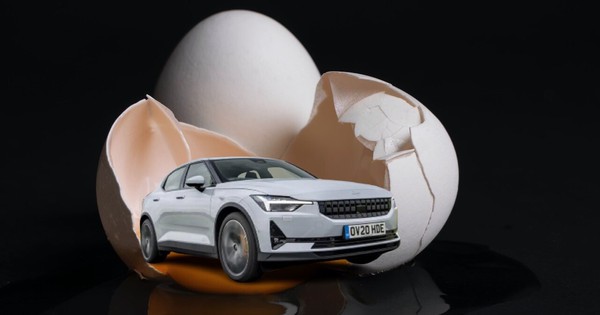We can 3D print beef, houses and now China even prints hydroelectric dams
Dubai City Building is currently the largest 3D printed building in the world, with a height of 9.5 meters and a project area of 640 square meters. The work is designed and constructed by ApisCor, a company with headquarters in the United States, its structure is also built directly at the site using 3D printing technology.
But in two years, China could break this record for carrying out the world’s largest 3D printing work. According to the South China Morning Post, China is using artificial intelligence and 3D printing technology to build a hydroelectric project on the Qinghai-Tibet Plateau, which will become the largest 3D printing project in the world. gender.
It is expected that the Yangqu hydropower plant (Duong Khuc) will be completed in 2024, after which it will transmit nearly 5 billion kWh of electricity to the upstream of the Yellow River through 1,500 km of high-voltage transmission lines built. specially built to transmit green energy.
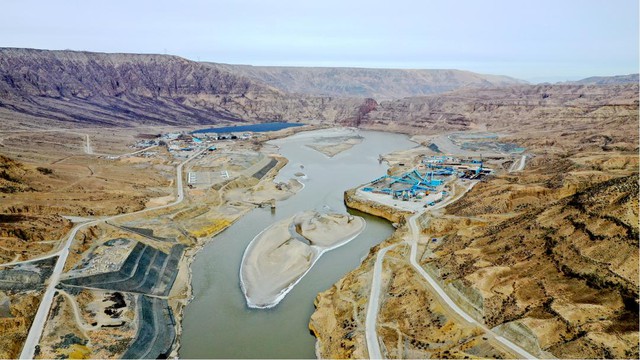
The South China Morning Post (SCMP) reported that China is applying artificial intelligence (AI) to build the Yangqu hydroelectric dam on the Tibetan Plateau using the world’s largest 3D printing technology.
Liu Tianyun, the project’s lead scientist, published a related research paper on April 27 in the Journal of Tsinghua University (Natural Science Edition). The article introduces 3D printing technology for filling technique and its various robotic equipment systems. The 3D printing system for filling can fill layer by layer under scheduling control and cycle each layer until a 3D print of the entire project is built.
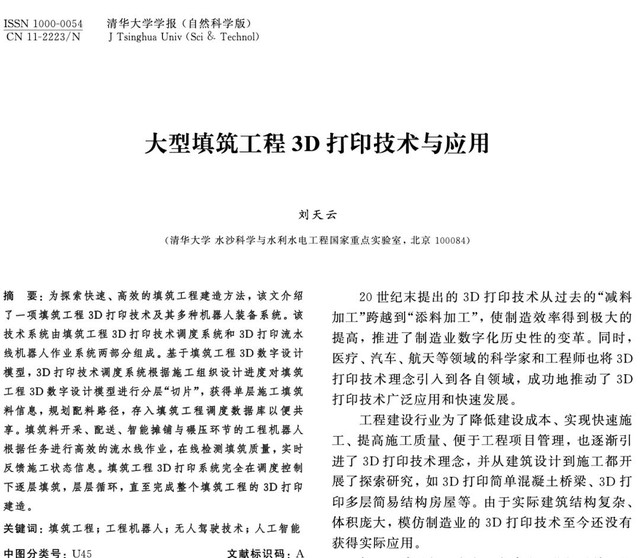
According to the report, currently, the Yangqu hydropower plant can be built layer by layer using unmanned excavators, trucks, bulldozers, pavers and rollers all controlled by artificial intelligence, and technology. 3D printing is also used in the rock dam. Accordingly, the production and construction process can keep the same efficiency and reduce the dependence on labor force. The paper’s authors, Liu Tianyun, also said the technology could also be used in other infrastructure projects, such as airports and road construction – Turning an entire construction site into a single machine. Massive 3D printing.
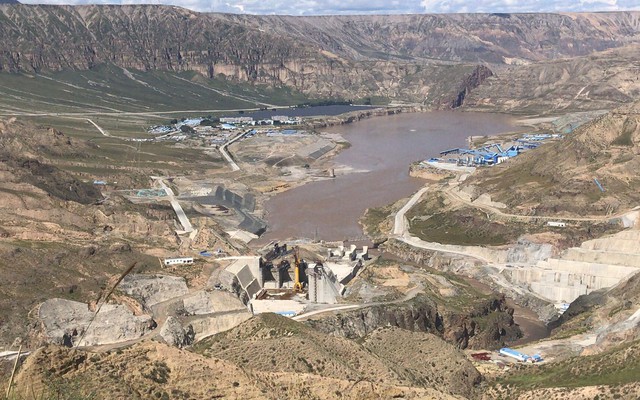
Chinese civil engineers are also quite familiar with AI, which was used to build the world’s second largest dam Baihetan (in Sichuan and Yunnan provinces) in just four years. But so far, 3D printing has largely played a coordinating role in projects.
3D printers were originally born as a way to make components using precious materials with less waste. Compared to manufacturing processes like cutting and grinding, 3D printing accumulates material in layers, so there is less waste.
According to research by Liu Tianyun’s team, the current development of 3D printing technology is perfectly suitable for construction works such as water storage dams, highways, airport filling and other projects. The team added that testing the technology in previous construction projects has shown that intelligent machines can do the job better than humans, and will “free people from the heavy lifting”. , repetitive and dangerous”.
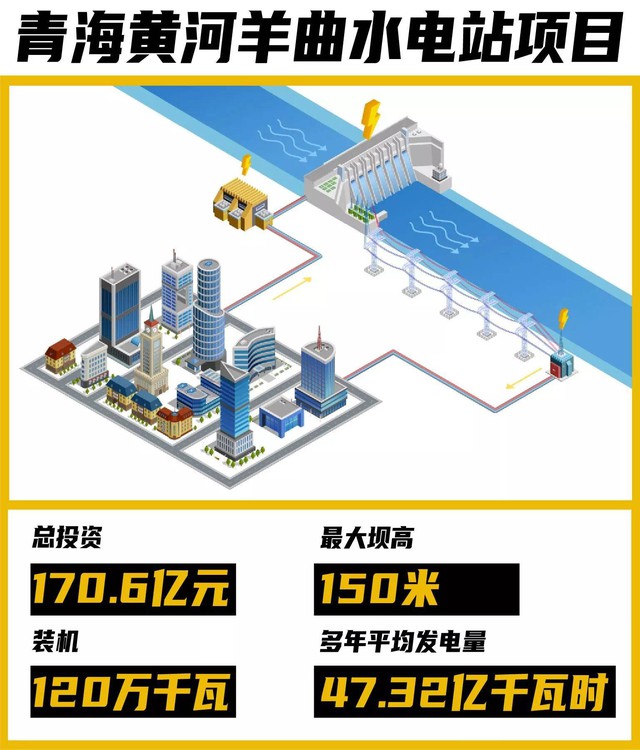
When completed in 2024, the Yangqu Dam will generate nearly 5 billion kilowatt-hours of electricity per year. The power will go through a 1,500 km long high-voltage power line built specifically for the transmission of green energy, going from the upper Yellow River to Henan – home to 100 million people.
Just over 10 years ago, Liu Tianyun, an associate researcher at the State Key Laboratory of Water Science and Engineering at Tsinghua University, and his team came up with the idea of ”printing.” large-scale construction projects.
They thought that an entire construction site could be turned into a giant printing press, with countless automated machines working seamlessly together as different parts.
The 3D printing line of the filling project required many different engineering construction robots to work together, the team says. Intelligent robots in the field of construction engineering represented by rolling robots, paving robots, unmanned trucks and digging robots with integrated depth perception, efficient decision making and precise control, have been reach or even exceed the actual manual performance. Especially in situations where the surrounding environment is dangerous, its effectiveness is far superior to traditional operating methods.
This way, after “slicing” the computer model of the dam into several layers, the artificial intelligence at the heart of the project assigns a group of robots to add layers one at a time and uses data from the sensors. to monitor construction quality. Then, rock digging robots for quarrying, unmanned trucks to transport materials, 3D printing to build hydroelectric dams.
The frequent isolation due to the epidemic has brought human-based projects to a standstill, and the construction of human-based irrigation projects has also been greatly affected.
The use of automated robots, unmanned vehicles and 3D printing can free up some of the manpower, and at the same time, for projects in harsh environments such as construction of hydroelectric power stations, it can work efficiently. results without endangering human life.
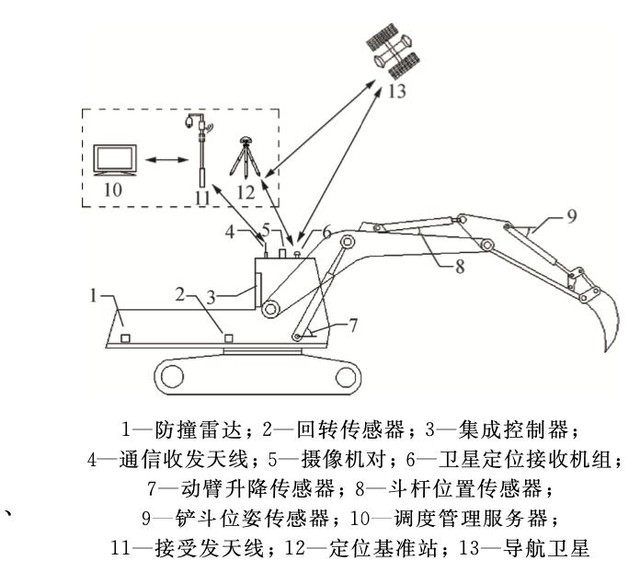
In an interview with the South China Morning Post, the team said that tests of this technology in previous construction projects have shown that intelligent machines can do better than humans, “especially in in some harsh and dangerous environments”.
Currently, through artificial intelligence technology, the system has been able to realize a series of automatic equipment serving construction techniques on the construction site.
Unmanned excavators will be able to identify and load materials in the yard into a fleet of automated trucks, and unmanned dump trucks will do the loading and unloading autonomously.
According to the article, the driverless dump truck for transporting dam materials obtains information about the need to transport dam materials and coordinate information of the location of dam material distribution, and conducts the construction of the dam itself. The transport vehicle uses GPS to accurately transport the material to the dam to realize the exact distribution of the dam material. At the same time, the truck sends the actual transportation information to the 3D construction technology coordination system of the dam in real time through wireless communication technology and stores it in a database.
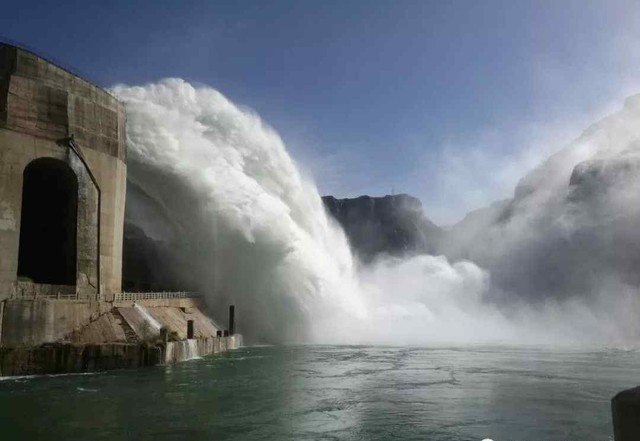
According to scientists, the biggest benefit of machines is the ability to operate in life-threatening environments without the headaches caused by hypoxia or exhaustion after working continuously for 24 hours. However, not all work during dam construction will be handled by machines. The team of scientists said that the quarrying of stones from nearby mountains will be done manually because of the complexity of the task.
According to the plan, the first unit of Yangqu hydroelectric power plant will be completed and put into operation by the end of 2024, the whole unit will be completed in 2025. Once completed and put into operation, the total capacity will The installed capacity of the Yangqu hydropower plant will be 1.2 million KW, the total storage capacity of the lake is 1.639 billion cubic meters per year, the average hours of use will reach 3,943 hours, annually. The average electricity output will be 4.732 billion kilowatt-hours, equivalent to a saving of 1.467 million tons of coal, reducing 4.412 million tons of carbon dioxide emissions per year.
at Blogtuan.info – Source: genk.vn – Read the original article here

